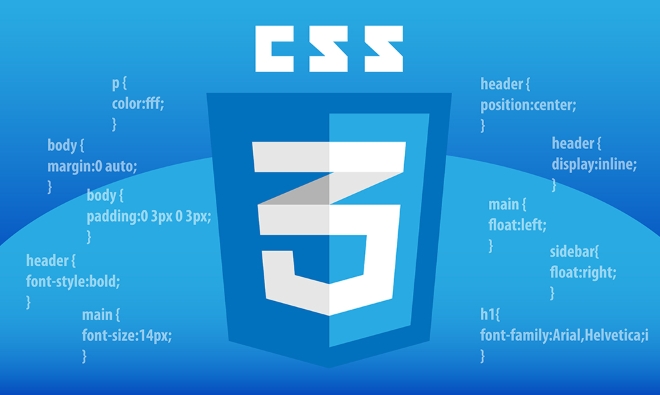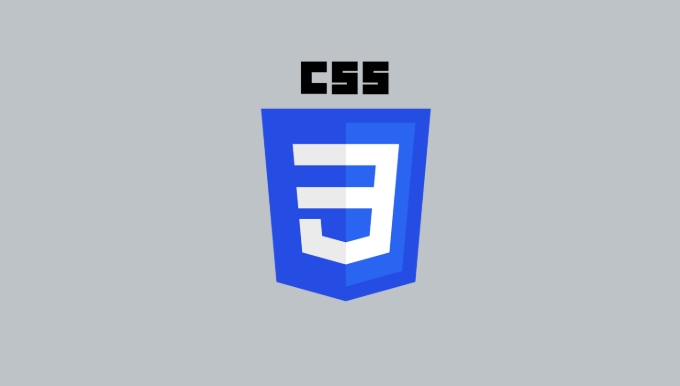 Web Front-end
Web Front-end
 CSS Tutorial
CSS Tutorial
 When should you use !important and what are its implications for CSS Selectors specificity?
When should you use !important and what are its implications for CSS Selectors specificity?
When should you use !important and what are its implications for CSS Selectors specificity?
Jul 05, 2025 am 12:58 AMUse !important should override styles that cannot be modified directly, such as third-party or uncontrollable inline styles, if necessary. 1. Applicable scenarios: inline styles injected by CMS or framework, third-party styles that cannot be rewrited later, and quick coverage during browser debugging. 2. Influence mechanism: mandatory rules are preferred, breaking the normal specificity level. If both parties use it, return to normal specificity judgment. 3. Potential risks: Increase debugging difficulty, reduce maintenance, and encourage bad habits, leading to more important superposition to form chaos. 4. Best practices: only use when there is no other solution, add comments to explain the reasons, avoid large-scale project abuse, and prioritize testing of non-important solutions. The overall CSS strategy should be examined when used frequently.

You should use !important in CSS only when you absolutely need to override another style that you can't change directly—like third-party styles or inline styles you don't control. It's a powerful tool, but it comes with trade-offs, especially when it comes to selector specificity and maintenance.

When !important is actually useful
There are a few real-world scenarios where !important makes sense:

- You're working with a CMS or framework that injects inline styles you can't modify.
- You're overriding a third-party stylesheet (like a plugin) and can't re-declare the style later in the cascade.
- You're debugging or doing quick overrides in browser dev tools.
In these cases, !important helps you force your style to take precedence without restructuring the entire stylesheet.
How !important affects specific
Normally, CSS specific works by weighing selectors: IDs > classes/attributes/pseudo-classes > elements. But !important jumps over all of that.

When two rules conflict:
- If one has
!important, it wins—even if its selector is less specific. - If both have
!important, then normal specific rules apply again.
So using !important can make your CSS harder to predict and debug because it breaks the expected cascade and specific flow.
Why overusing !important is risky
It might seem like a quick fix, but here's what can go wrong:
- Harder to debug : Styles stop behaving as expected, and tracing overrides becomes messy.
- Maintainability drops : Future developers (or even your future self) may struggle to understand why something isn't changing.
- Encourages bad habits : instead of fixing root issues (like poor selector structure or incorrect load order), people just slap on
!important.
This often leads to a snowball effect—more !important s added to fight earlier ones, creating a tangled mess.
Best practices for using !important
If you do use it, keep it under control:
- Only use it when no other method will work.
- Keep a comment nearby explaining why it's there.
- Avoid using it in large-scale projects unless truly necessary.
- Test without it first—maybe you just need a better selector or to adjust load order.
A good rule of thumb: if you find yourself using !important often, it's time to review your CSS strategy.
Basically that's it.
The above is the detailed content of When should you use !important and what are its implications for CSS Selectors specificity?. For more information, please follow other related articles on the PHP Chinese website!

Hot AI Tools

Undress AI Tool
Undress images for free

Undresser.AI Undress
AI-powered app for creating realistic nude photos

AI Clothes Remover
Online AI tool for removing clothes from photos.

Clothoff.io
AI clothes remover

Video Face Swap
Swap faces in any video effortlessly with our completely free AI face swap tool!

Hot Article

Hot Tools

Notepad++7.3.1
Easy-to-use and free code editor

SublimeText3 Chinese version
Chinese version, very easy to use

Zend Studio 13.0.1
Powerful PHP integrated development environment

Dreamweaver CS6
Visual web development tools

SublimeText3 Mac version
God-level code editing software (SublimeText3)

Hot Topics
 How to resize HTML textbox
Feb 20, 2024 am 10:03 AM
How to resize HTML textbox
Feb 20, 2024 am 10:03 AM
Setting the size of HTML text boxes is a very common operation in front-end development. This article explains how to set the size of a text box and provides specific code examples. In HTML, you can use CSS to set the size of a text box. The specific code is as follows: input[type="text"
 What exactly does H5 page production mean?
Apr 06, 2025 am 07:18 AM
What exactly does H5 page production mean?
Apr 06, 2025 am 07:18 AM
H5 page production refers to the creation of cross-platform compatible web pages using technologies such as HTML5, CSS3 and JavaScript. Its core lies in the browser's parsing code, rendering structure, style and interactive functions. Common technologies include animation effects, responsive design, and data interaction. To avoid errors, developers should be debugged; performance optimization and best practices include image format optimization, request reduction and code specifications, etc. to improve loading speed and code quality.
 How to adjust a WordPress theme to avoid misaligned display
Mar 05, 2024 pm 02:03 PM
How to adjust a WordPress theme to avoid misaligned display
Mar 05, 2024 pm 02:03 PM
How to adjust WordPress themes to avoid misaligned display requires specific code examples. As a powerful CMS system, WordPress is loved by many website developers and webmasters. However, when using WordPress to create a website, you often encounter the problem of theme misalignment, which affects the user experience and page beauty. Therefore, it is very important to properly adjust your WordPress theme to avoid misaligned display. This article will introduce how to adjust the theme through specific code examples.
 The process of H5 page production
Apr 06, 2025 am 09:03 AM
The process of H5 page production
Apr 06, 2025 am 09:03 AM
H5 page production process: design: plan page layout, style and content; HTML structure construction: use HTML tags to build a page framework; CSS style writing: use CSS to control the appearance and layout of the page; JavaScript interaction implementation: write code to achieve page animation and interaction; Performance optimization: compress pictures, code and reduce HTTP requests to improve page loading speed.
 In Angular app: How to change icon color by hovering over?
Apr 05, 2025 pm 02:15 PM
In Angular app: How to change icon color by hovering over?
Apr 05, 2025 pm 02:15 PM
In Angular app, how to change the color of the icon when the mouse is hovered over it? Many developers will encounter needs when building applications using Angular...
 Dynamic web page elements XPath and Class names change frequently. How to stably crawl the target a tag?
Apr 01, 2025 pm 04:12 PM
Dynamic web page elements XPath and Class names change frequently. How to stably crawl the target a tag?
Apr 01, 2025 pm 04:12 PM
Dynamic web element crawling problem: dealing with XPath and Class name changes, many crawler developers will encounter a difficult problem when crawling dynamic web pages: the goal...
 Why does a specific div element in the Edge browser not display? How to solve this problem?
Apr 05, 2025 pm 08:21 PM
Why does a specific div element in the Edge browser not display? How to solve this problem?
Apr 05, 2025 pm 08:21 PM
How to solve the display problem caused by user agent style sheets? When using the Edge browser, a div element in the project cannot be displayed. After checking, I posted...
 What are the elements in the excluded section of css selector
Apr 06, 2024 am 02:42 AM
What are the elements in the excluded section of css selector
Apr 06, 2024 am 02:42 AM
The :not() selector can be used to exclude elements under certain conditions, and its syntax is :not(selector) {style rule}. Examples: :not(p) excludes all non-paragraph elements, li:not(.active) excludes inactive list items, :not(table) excludes non-table elements, div:not([data-role="primary"]) Exclude div elements with non-primary roles.





